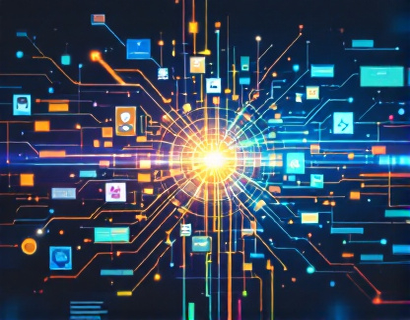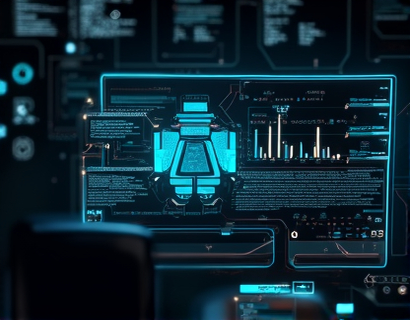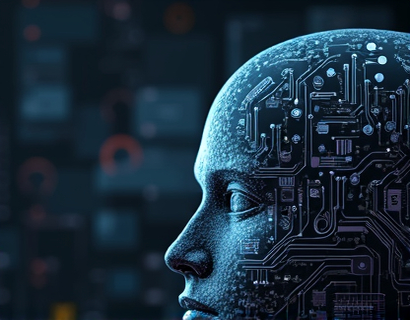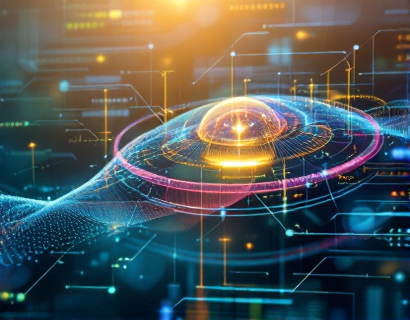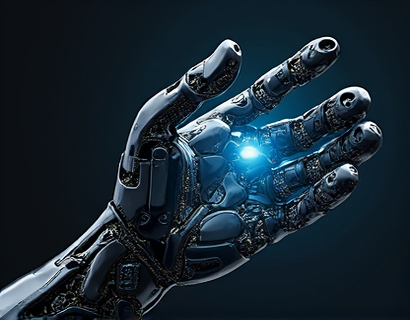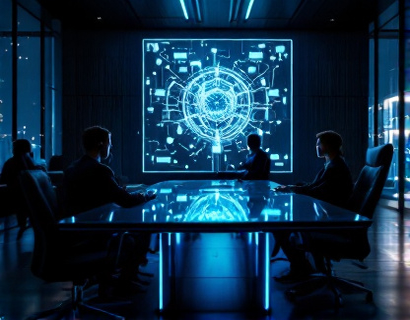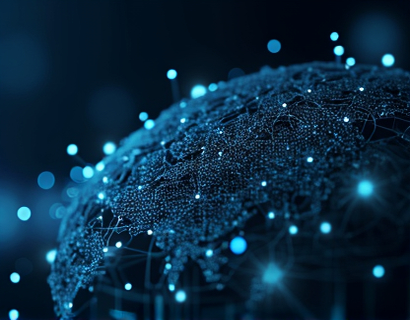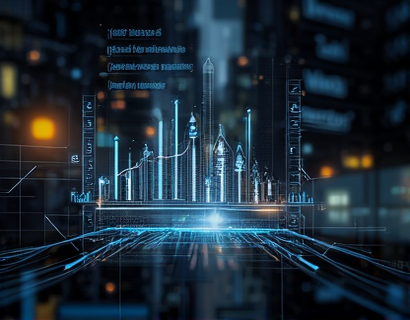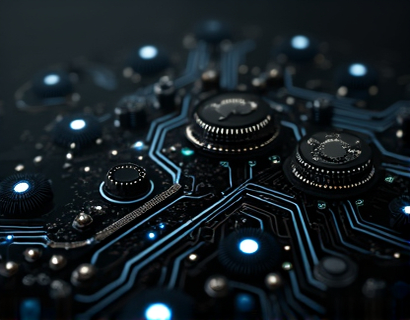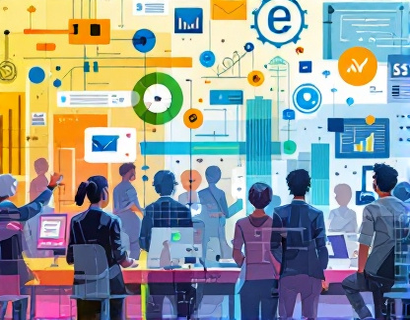Decentralized Productivity: Unleashing Next-Gen Potential with AI and Crypto Synergy
The intersection of cryptocurrency and artificial intelligence (AI) is giving rise to a new era of decentralized productivity tools and platforms. This synergy is not just a technological curiosity but a transformative force that is redefining how we approach digital tasks and productivity. By leveraging the unique strengths of both technologies, we can unlock unprecedented levels of efficiency, security, and innovation. This article delves into the profound impact of this convergence, exploring how it is simplifying digital tasks and enhancing productivity for tech enthusiasts and professionals alike.
The traditional centralized models of productivity tools have been dominated by a few large corporations, often leading to bottlenecks, security concerns, and limited user control. Decentralized platforms, powered by blockchain technology, offer a radical alternative. These platforms distribute control across a network of nodes, ensuring that no single entity has monopolistic power. This decentralization not only enhances security by eliminating single points of failure but also empowers users by giving them full ownership and control over their data and digital assets.
AI, on the other hand, brings intelligent automation and advanced analytics to the table. When combined with decentralized technologies, AI can process and analyze data from a distributed network, providing insights and automating tasks without compromising user privacy or data integrity. This synergy creates a powerful ecosystem where tools are not only more efficient but also more responsive to user needs.
Enhanced Security and Privacy
One of the most significant advantages of decentralized productivity tools is the enhanced security and privacy they offer. Traditional centralized systems are prime targets for cyberattacks, as they store vast amounts of sensitive data in centralized databases. In contrast, decentralized platforms store data across a network of nodes, making it much harder for attackers to compromise the entire system. Blockchain's cryptographic techniques ensure that data is encrypted and tamper-proof, providing a high level of security.
Privacy is another critical aspect where decentralized tools excel. Users have complete control over their data, deciding who can access it and for what purpose. This level of control is often absent in centralized systems, where user data can be exploited for various purposes without the user's consent. Decentralized platforms enforce strict data governance, ensuring that user privacy is maintained at all times.
Increased Efficiency and Automation
AI-driven decentralized tools can automate repetitive and time-consuming tasks, significantly boosting productivity. For instance, smart contracts, self-executing contracts with the terms directly written into code, can automate business processes without the need for intermediaries. This not only speeds up transactions but also reduces costs and errors associated with manual processing.
AI algorithms can analyze vast amounts of data to identify patterns, predict trends, and make informed decisions. In a decentralized setting, these algorithms can operate across a network, providing real-time insights and recommendations. For example, in project management, AI can monitor task progress, predict potential delays, and suggest optimizations, all while ensuring that data remains secure and user-controlled.
User-Centric Design and Customization
Decentralized productivity platforms are designed with the user in mind, offering high levels of customization and flexibility. Users can tailor their tools to fit specific workflows and preferences, creating a personalized productivity environment. This is particularly beneficial for professionals who require specialized tools and integrations to perform their tasks efficiently.
The open nature of decentralized platforms also encourages community contributions, leading to a rich ecosystem of plugins and extensions. Users can access a wide range of tools and services, all interconnected and working seamlessly together. This modular approach ensures that the platform evolves based on user needs, rather than being dictated by a central authority.
Interoperability and Integration
Interoperability is a key feature of decentralized platforms, allowing different systems and applications to communicate and work together seamlessly. This is achieved through standardized protocols and APIs, ensuring that tools from various developers can integrate smoothly. For instance, a decentralized productivity suite can integrate with blockchain-based identity verification systems, payment networks, and data storage solutions, creating a cohesive and powerful workflow.
AI enhances this interoperability by acting as a bridge between different systems, translating data formats and ensuring compatibility. This seamless integration not only simplifies the user experience but also opens up new possibilities for innovation, as developers can build on existing infrastructure without the constraints of closed ecosystems.
Case Studies and Real-World Applications
Several projects are already demonstrating the potential of AI and cryptocurrency synergy in decentralized productivity. One notable example is a decentralized project management platform that uses AI to optimize task allocation and resource management. The platform employs blockchain to ensure data integrity and secure transactions, while AI algorithms predict project timelines and identify bottlenecks, all while maintaining user privacy and control.
Another example is a decentralized content creation and monetization platform. AI-driven tools help creators generate and optimize content, while blockchain ensures fair compensation and ownership. Users can publish their work, receive payments in cryptocurrency, and retain full control over their content, without intermediaries siphoning off profits or censoring their work.
Challenges and Future Prospects
Despite the numerous benefits, the integration of AI and cryptocurrency in decentralized productivity tools is not without challenges. Scalability remains a significant issue, as blockchain networks can struggle to handle high volumes of transactions. However, ongoing developments in layer 2 solutions and blockchain optimizations are addressing these concerns, paving the way for more scalable and efficient decentralized platforms.
Regulatory uncertainty is another challenge, as the legal framework for decentralized technologies is still evolving. Clear and supportive regulations can foster innovation and adoption, while overly restrictive measures could stifle growth. As the industry matures, it is crucial for stakeholders to engage with regulators to create a balanced and conducive environment.
The future of decentralized productivity looks promising, with continuous advancements in AI and blockchain technologies. As more developers and businesses recognize the potential of this synergy, we can expect a proliferation of innovative tools and platforms. The next generation of productivity solutions will not only be more efficient and secure but also more empowering, putting users in control of their digital lives.
In conclusion, the convergence of AI and cryptocurrency is revolutionizing productivity tools, offering enhanced security, increased efficiency, and user-centric design. By embracing decentralized technologies, we can unlock new levels of innovation and create a more equitable and transparent digital landscape. Whether you are a tech enthusiast or a professional, the potential benefits of this synergy are vast and worth exploring.






